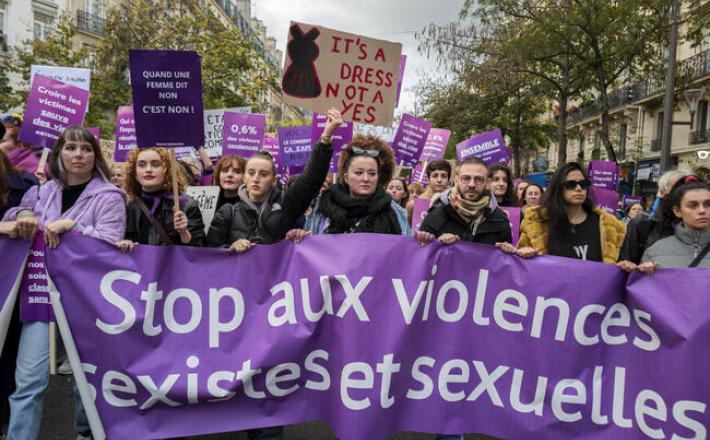Violence against women parliamentarians: Causes, effects, solutions
Source: Inter-Parliamentary Union
Women account for just over 26% of parliamentarians worldwide according to the IPU’s latest figures. Despite progress made in recent years, significant obstacles continue to block their path to parity with their male counterparts. One of the biggest obstacles is sexism, harassment and gender-based violence.
IPU reports show that sexist abuse persists across all parliaments in all parts of the world. A landmark 2016 IPU survey of women parliamentarians worldwide revealed that 82% had been subject to psychological violence, whether it was sexist remarks, threats or harassment. Until effective solutions are put in place to combat this problem, it will continue to discourage women from entering politics and impede progress towards gender equality in wider society.
Click here to read the full article published by The Inter-Parliamentary Union on 24 November 2022.

Women account for just over 26% of parliamentarians worldwide according to the IPU’s latest figures. Despite progress made in recent years, significant obstacles continue to block their path to parity with their male counterparts. One of the biggest obstacles is sexism, harassment and gender-based violence.
IPU reports show that sexist abuse persists across all parliaments in all parts of the world. A landmark 2016 IPU survey of women parliamentarians worldwide revealed that 82% had been subject to psychological violence, whether it was sexist remarks, threats or harassment. Until effective solutions are put in place to combat this problem, it will continue to discourage women from entering politics and impede progress towards gender equality in wider society.
Click here to read the full article published by The Inter-Parliamentary Union on 24 November 2022.